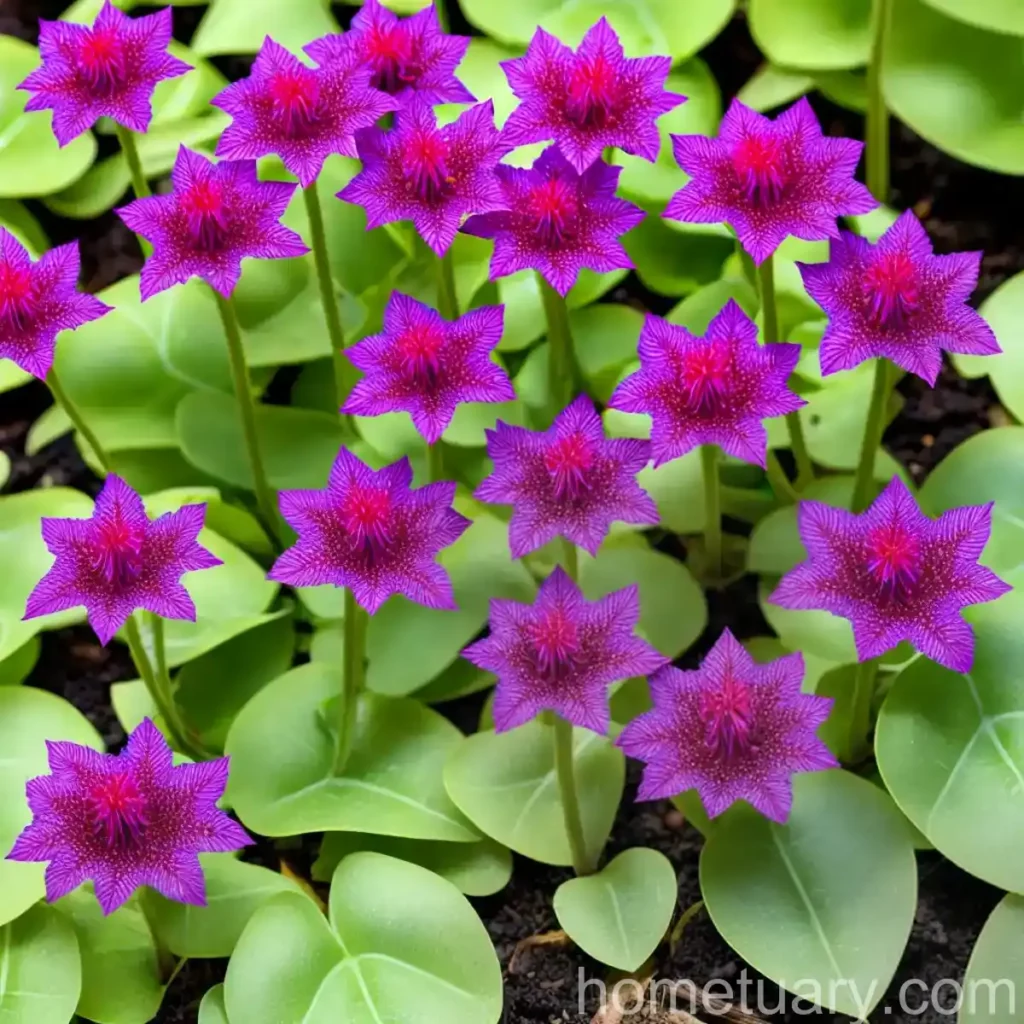The Versatile Colewort (Crambe cordifolia)
Introduction
Welcome to the fascinating world of Crambe cordifolia, commonly known as colewort. This perennial herbaceous plant belongs to the Brassicaceae family and is native to the Caucasus. With its striking foliage and delicate flowers, colewort has captured the hearts of gardeners and plant enthusiasts around the world. In this comprehensive guide, we will explore the unique characteristics of colewort, its cultivation, and the myriad of uses it offers.
What is Colewort (Crambe cordifolia)?
Colewort, scientifically known as Crambe cordifolia, is a herbaceous perennial that boasts large, heart-shaped, leathery leaves and impressive clusters of small, fragrant white flowers. The plant is renowned for its architectural presence in the garden, adding a touch of elegance and grandeur to any landscape. Colewort is a versatile plant, suitable for various garden settings, from ornamental beds to wild, naturalistic gardens. As we delve deeper into the world of colewort, we will unravel the cultural significance of this fascinating plant and its diverse applications.
Key Takeaways
Let’s begin our journey of discovery by exploring the key takeaways about colewort, including its cultural significance, uses, and the essential factors for its successful growth and maintenance.
Culture
– Colewort is a hardy perennial that is relatively low-maintenance, making it an excellent choice for gardeners of all experience levels.
– It is widely appreciated for its architectural form and attractive foliage, making it a striking addition to garden borders and woodland settings.
– The plant is known for its adaptability, thriving in both sunny and partially shaded areas.
Uses
– Colewort is primarily cultivated for its ornamental value, adding a dramatic flair to landscape designs with its large foliage and clusters of small blossoms.
– In addition to its visual appeal, colewort also attracts pollinators, making it a valuable asset to wildlife-friendly gardens.
– While primarily an ornamental plant, colewort also holds potential for medicinal and culinary uses, owing to its edible leaves and traditional herbal applications.
Now, let’s delve into the specific requirements for successfully cultivating this remarkable plant.
Plant Care
Water
Colewort thrives in well-drained soil and prefers consistently moist conditions. During the growing season, regular watering is essential to keep the soil evenly moist, especially during dry spells. However, it is crucial to avoid waterlogging, as excessive moisture can lead to root rot and other detrimental conditions.
Sunlight
In terms of sunlight requirements, colewort exhibits remarkable adaptability. While it flourishes in full sun, it can also thrive in partially shaded areas, making it a versatile choice for a wide range of garden settings.
Fertilizer
To support healthy growth and abundant foliage, colewort benefits from a balanced, slow-release fertilizer applied in early spring. Additionally, a top dressing of organic compost or well-rotted manure can provide valuable nutrients and contribute to the overall vitality of the plant.
Soil
Colewort thrives in rich, well-drained soil with a slightly acidic to neutral pH. Amending the soil with organic matter such as compost or leaf mold can enhance its fertility and structure, facilitating optimal growth and vigor.
Pruning
Periodic pruning can help maintain the attractive form of colewort and prevent overcrowding. Remove any damaged or discolored foliage throughout the growing season, and consider thinning out congested areas to promote air circulation and reduce the risk of disease.
Propagation
Colewort can be propagated through division in early spring or autumn. Carefully lift the plant, ensuring that each division has a sufficient root system and several healthy shoots. Plant the divisions in prepared soil and water them thoroughly to encourage establishment.
Container Popularity
While colewort is commonly grown in garden borders and beds, it also thrives in containers, adding a bold, architectural presence to patios, terraces, and other outdoor spaces. Its adaptability to container cultivation makes it a versatile option for gardeners with limited space or those seeking to create impactful focal points in their outdoor areas.
Now that we’ve explored the essential care requirements for colewort, let’s delve into the potential challenges and how to address them effectively.
Common Diseases and Pests
Disease Diagnosis
While colewort is relatively resistant to most diseases, occasional issues such as powdery mildew and leaf spot may arise, particularly in conditions of high humidity and poor air circulation. Early diagnosis and prompt treatment with suitable fungicides can effectively manage these issues and prevent their spread.
Common Pests
Colewort may attract certain pests, including aphids and caterpillars. Regular monitoring and the implementation of preventive measures, such as introducing beneficial predatory insects or using organic insecticidal soaps, can help mitigate pest infestations and safeguard the plant’s health.
Botanist’s Tips
To ensure the optimal growth and longevity of colewort, consider the following expert tips:
- Regularly inspect the plant for signs of stress or disease, addressing any issues promptly to maintain its vigor and resilience.
- Encourage a diverse range of pollinators and beneficial insects by cultivating companion plants and creating a pollinator-friendly environment around colewort.
Fun Facts
- The name “Crambe” is derived from the Greek term for cabbage, referencing the plant’s kinship to the cabbage family.
- Colewort’s edible leaves have historically been used in traditional cuisine and herbal remedies, reflecting its diverse cultural significance.
External Resources
To further expand your knowledge and appreciation of colewort, here are some reputable external resources that offer valuable insights and information:
- Royal Horticultural Society (RHS) – Colewort (Crambe cordifolia)
- Missouri Botanical Garden – Growing Coleworts
In conclusion, colewort (Crambe cordifolia) stands as a testament to the remarkable diversity and adaptability of plant life. Whether employed as an ornamental centerpiece, a pollinator magnet, or a source of traditional remedies, colewort continues to captivate and inspire gardeners and enthusiasts around the world. With careful attention to its cultural requirements and the implementation of best practices in cultivation and maintenance, you can unlock the full potential of this extraordinary plant, enriching your garden and nurturing a deeper connection to the natural world.















